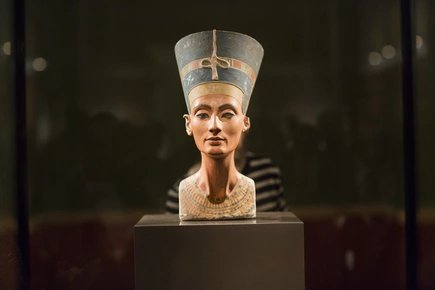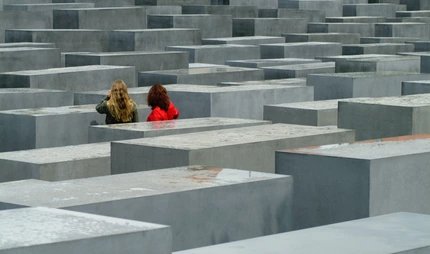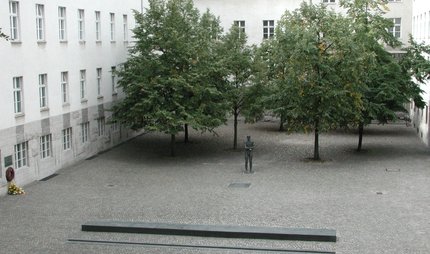
Gedenkstätte Köpenicker Blutwoche
The so-called “Köpenick Week of Blood” was one of the high points of the terror unleashed by the SA (Sturmabteilung, known in English as the “storm troopers”) in the aftermath of Adolf Hitler’s election as Chancellor on 30 January 1933.
In the period between 21 and 26 June 1933, storm troopers in Berlin and its southern suburb of Köpenick dragged off and abused several hundred people with tremendous brutality, with at least 23 dead. The arrests were coordinated through the gaol at the Köpenick district court, which also served as a place for torture. The arrests were triggered by the nationwide bans on the right-wing German National People’s Party and the left-wing Socialist Party of Germany. In the course of the terror campaign, SPD member Anton Schmaus shot and killed three storm troopers in self-defence, which led to a further escalation of the violence. Joseph Goebbels, who in his role as Gauleiter (Nazi party leader) for Berlin had played a key role in the plans for unleashing the terror campaign on the capital, then used the storm troopers’ deaths as part of his propaganda machine and stylised them as “martyrs” for the Nazi cause. Meanwhile, countless socialists, communists, trade unionists and Jews were suffering incredible torment and humiliation in the former district court jail and other SA hangouts.
Opening hours
| Thursday | |
|---|---|
| Sunday |



